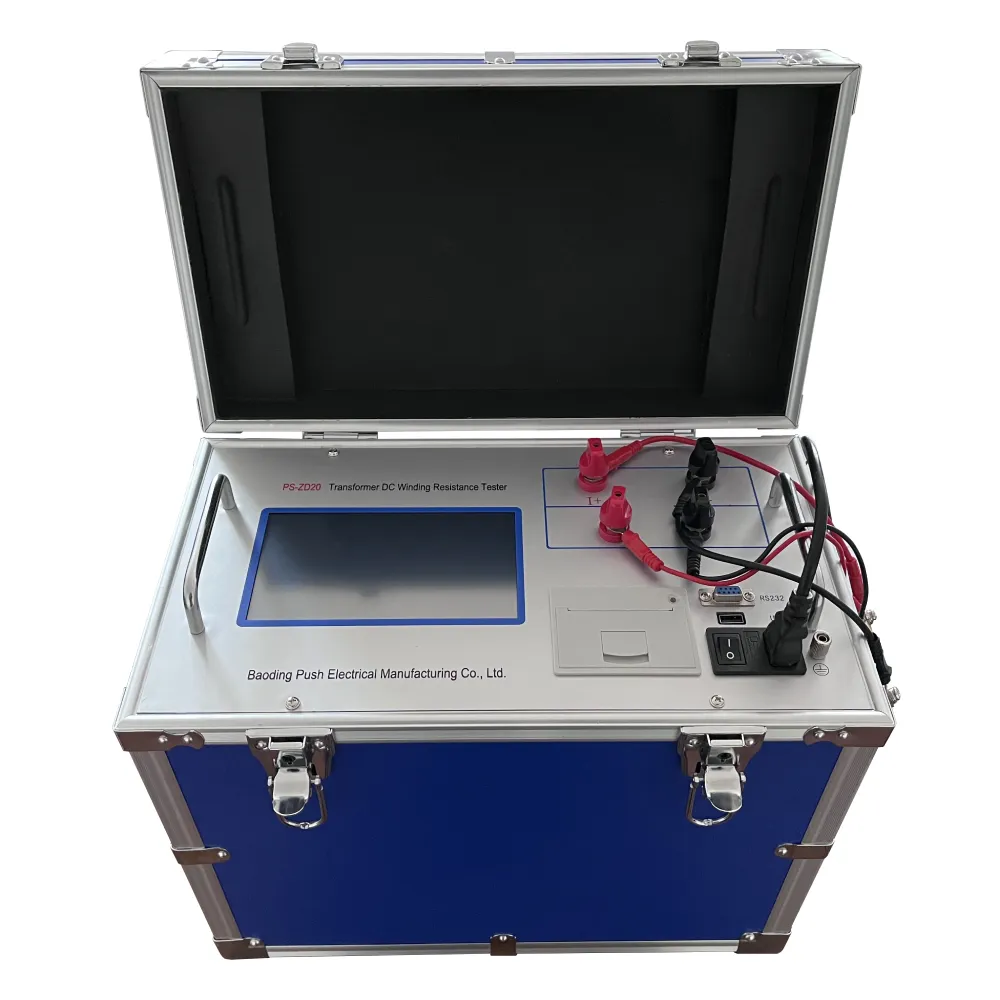 English
English



-
 Afrikaans
Afrikaans -
 Albanian
Albanian -
 Amharic
Amharic -
 Arabic
Arabic -
 Armenian
Armenian -
 Azerbaijani
Azerbaijani -
 Basque
Basque -
 Belarusian
Belarusian -
 Bengali
Bengali -
 Bosnian
Bosnian -
 Bulgarian
Bulgarian -
 Catalan
Catalan -
 Cebuano
Cebuano -
 China
China -
 China (Taiwan)
China (Taiwan) -
 Corsican
Corsican -
 Croatian
Croatian -
 Czech
Czech -
 Danish
Danish -
 Dutch
Dutch -
 English
English -
 Esperanto
Esperanto -
 Estonian
Estonian -
 Finnish
Finnish -
 French
French -
 Frisian
Frisian -
 Galician
Galician -
 Georgian
Georgian -
 German
German -
 Greek
Greek -
 Gujarati
Gujarati -
 Haitian Creole
Haitian Creole -
 hausa
hausa -
 hawaiian
hawaiian -
 Hebrew
Hebrew -
 Hindi
Hindi -
 Miao
Miao -
 Hungarian
Hungarian -
 Icelandic
Icelandic -
 igbo
igbo -
 Indonesian
Indonesian -
 irish
irish -
 Italian
Italian -
 Japanese
Japanese -
 Javanese
Javanese -
 Kannada
Kannada -
 kazakh
kazakh -
 Khmer
Khmer -
 Rwandese
Rwandese -
 Korean
Korean -
 Kurdish
Kurdish -
 Kyrgyz
Kyrgyz -
 Lao
Lao -
 Latin
Latin -
 Latvian
Latvian -
 Lithuanian
Lithuanian -
 Luxembourgish
Luxembourgish -
 Macedonian
Macedonian -
 Malgashi
Malgashi -
 Malay
Malay -
 Malayalam
Malayalam -
 Maltese
Maltese -
 Maori
Maori -
 Marathi
Marathi -
 Mongolian
Mongolian -
 Myanmar
Myanmar -
 Nepali
Nepali -
 Norwegian
Norwegian -
 Norwegian
Norwegian -
 Occitan
Occitan -
 Pashto
Pashto -
 Persian
Persian -
 Polish
Polish -
 Portuguese
Portuguese -
 Punjabi
Punjabi -
 Romanian
Romanian -
 Russian
Russian -
 Samoan
Samoan -
 Scottish Gaelic
Scottish Gaelic -
 Serbian
Serbian -
 Sesotho
Sesotho -
 Shona
Shona -
 Sindhi
Sindhi -
 Sinhala
Sinhala -
 Slovak
Slovak -
 Slovenian
Slovenian -
 Somali
Somali -
 Spanish
Spanish -
 Sundanese
Sundanese -
 Swahili
Swahili -
 Swedish
Swedish -
 Tagalog
Tagalog -
 Tajik
Tajik -
 Tamil
Tamil -
 Tatar
Tatar -
 Telugu
Telugu -
 Thai
Thai -
 Turkish
Turkish -
 Turkmen
Turkmen -
 Ukrainian
Ukrainian -
 Urdu
Urdu -
 Uighur
Uighur -
 Uzbek
Uzbek -
 Vietnamese
Vietnamese -
 Welsh
Welsh -
 Bantu
Bantu -
 Yiddish
Yiddish -
 Yoruba
Yoruba -
 Zulu
Zulu
Cable Infrared Testing Procedure for Enhanced Performance Evaluation and Troubleshooting Techniques
Understanding Cable IR Testing Importance and Methodologies
Cable Insulation Resistance (IR) testing is a crucial aspect of maintaining the safety and integrity of electrical systems. It involves measuring the resistance of the insulation surrounding electrical cables to ensure that they are functioning correctly and safely. Over time, insulation can degrade due to environmental factors, mechanical stress, and thermal effects, potentially leading to electrical faults, short circuits, and hazardous situations. Therefore, regular IR testing is essential for both preventive maintenance and compliance with safety regulations.
Importance of Cable IR Testing
1. Safety Assurance The primary goal of conducting IR testing is to ensure the safety of personnel and equipment. Faulty cables can lead to electric shocks, fires, and equipment damage. By identifying insulation issues before they lead to catastrophic failures, IR testing helps mitigate these risks.
2. Preventive Maintenance Regular IR testing allows for the identification of potential problems before they escalate. This can significantly reduce maintenance costs and downtime for repairs, as issues can be addressed early on.
3. Compliance and Standards Many industries are mandated to follow strict safety standards and regulations regarding electrical systems. Conducting IR tests as part of routine maintenance ensures compliance with these standards, ultimately protecting both employees and the company's liability.
4. Increased Equipment Lifespan By ensuring that cables are in good condition, IR testing can help extend the operational life of electrical equipment. This can lead to significant cost savings in the long run, as replacement of damaged equipment is often expensive.
Methodologies for Performing IR Testing
cable ir test

The process of IR testing typically involves using a dedicated insulation resistance tester, often referred to as a megohmmeter. Here’s a basic outline of the steps involved in performing an IR test
1. Preparation Before conducting the test, ensure that the equipment being tested is de-energized to eliminate any risk of electrical shock. All connected devices should also be disconnected to prevent measurement interference.
2. Connecting the Tester Connect the leads of the insulation resistance tester to the conductor and the grounded part of the cable. The tester usually applies a known voltage to the insulation and measures the resistance.
3. Performing the Test Activate the tester as per the manufacturer’s guidelines, allowing it to run for a specified duration, typically 1 minute. The tester will display a resistance value, which is measured in ohms.
4. Interpreting Results A higher resistance value indicates good insulation quality, while a lower value suggests deteriorated insulation. According to industry standards, a resistance value above 1 megohm (1 MΩ) is generally considered acceptable, but this can vary depending on the specific application and environmental conditions.
5. Documentation and Analysis Record the results of the tests for future reference. Compare them with previous measurements to identify any trends indicating degradation over time.
Conclusion
Cable insulation resistance testing is a vital preventive maintenance task that plays an essential role in ensuring both safety and efficiency in electrical systems. By staying vigilant and regularly conducting IR tests, organizations can protect their equipment and personnel while also enhancing operational reliability. Investing in proper testing methodologies and adhering to safety standards not only preserves the integrity of electrical installations but also promotes a culture of safety within the workplace. Whether in residential, commercial, or industrial settings, the significance of Cable IR testing cannot be overstated.
-
Ensuring SF₆ Gas Safety: Introducing PUSH’s Integrated SF₆ Analyzer for Dew Point, Purity, and Decomposition MonitoringNewsJul.10,2025
-
Exploring the Main Types of Industrial Endoscopes and Their Applications Across IndustriesNewsJul.04,2025
-
Testing Equipment Industry Sees Major Advancements in 2025: Smart & Precision Technologies Lead the WayNewsJun.06,2025
-
Applications of Direct Current Generators in Renewable Energy SystemsNewsJun.05,2025
-
Hipot Tester Calibration and Accuracy GuidelinesNewsJun.05,2025
-
Digital Circuit Breaker Analyzer Features and BenefitsNewsJun.05,2025



